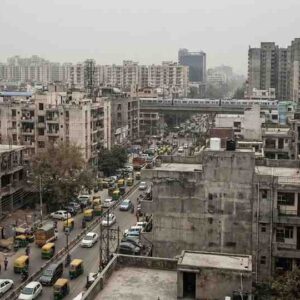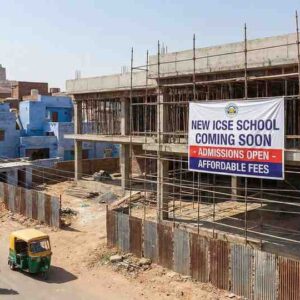In recent years, parents across India have witnessed a startling rise in private school fees, often surpassing the overall rate of inflation. This increase is prompting many to question the underlying reasons and the justification behind these soaring costs. Here, we delve into the hidden layers of quality education expenses, examine real metrics, and consider the impact of government norms and regulations on pricing.
Escalating Costs: Inflation vs. School Fees
A comparative analysis of inflation rates and school fee increases reveals a widening gap. According to data from the Indian Government’s Ministry of Statistics and Programme Implementation, the annual inflation rate over the past five years has averaged around 4-6%. In stark contrast, private school fees have surged by approximately 10-15% annually during the same period. This discrepancy points to factors beyond general economic inflation driving up the costs of private education.
Enhanced Facilities and Technological Integration
One significant factor contributing to the rise in private school fees is the substantial investment in school infrastructure and technology. Modern education demands state-of-the-art facilities and digital tools that support interactive learning environments. Schools are increasingly incorporating smart boards, digital libraries, and science labs to enhance educational delivery. These advancements, while beneficial, come with high costs that are often passed down to parents.
Skilled Staff and Training Costs
The push for quality education has led to a demand for highly qualified and skilled educators. To attract top talent, private schools offer competitive salaries and benefits, which contribute to higher operational costs. Additionally, ongoing professional development and training for teachers to stay abreast of the latest educational methods further inflate expenses.
Government Regulations and Compliance Costs
Government norms and regulations also play a critical role in shaping school fee structures. The implementation of the Right to Education Act (RTE) mandates private schools to reserve 25% of their seats for underprivileged children, with the government subsidizing their education. However, discrepancies in the reimbursement rate and delays in payments have led some schools to distribute the financial burden across the fee-paying students, inadvertently increasing the overall fee structure.
Furthermore, compliance with safety regulations, accreditation standards, and administrative requirements adds layers of costs that schools often recuperate through fees. Each regulation, while necessary for maintaining standards and safety, requires resources for implementation and ongoing adherence.
The Monetization of Education
Critics argue that the privatization of education has led to its monetization, where the focus sometimes shifts from educating to profiting. This shift can lead to high fees that ensure exclusivity and a perceived status of quality based on pricing. The debate continues over whether these high costs genuinely reflect the educational value or if they represent a premium placed on brand and prestige.
Conclusion: Assessing the Value
The escalating costs of private schooling in India are driven by multiple factors, including the quest for superior facilities, the need for highly qualified staff, compliance with numerous regulations, and the broader market dynamics of private education. As parents grapple with these rising expenses, it becomes crucial to assess the tangible benefits and the overall value offered by private schools. Are these costs a necessary investment in our children’s future, or are they a symptom of a deeper issue within the education sector? The answer lies in a balanced view of the costs, the quality provided, and the long-term benefits of education in shaping future generations.













